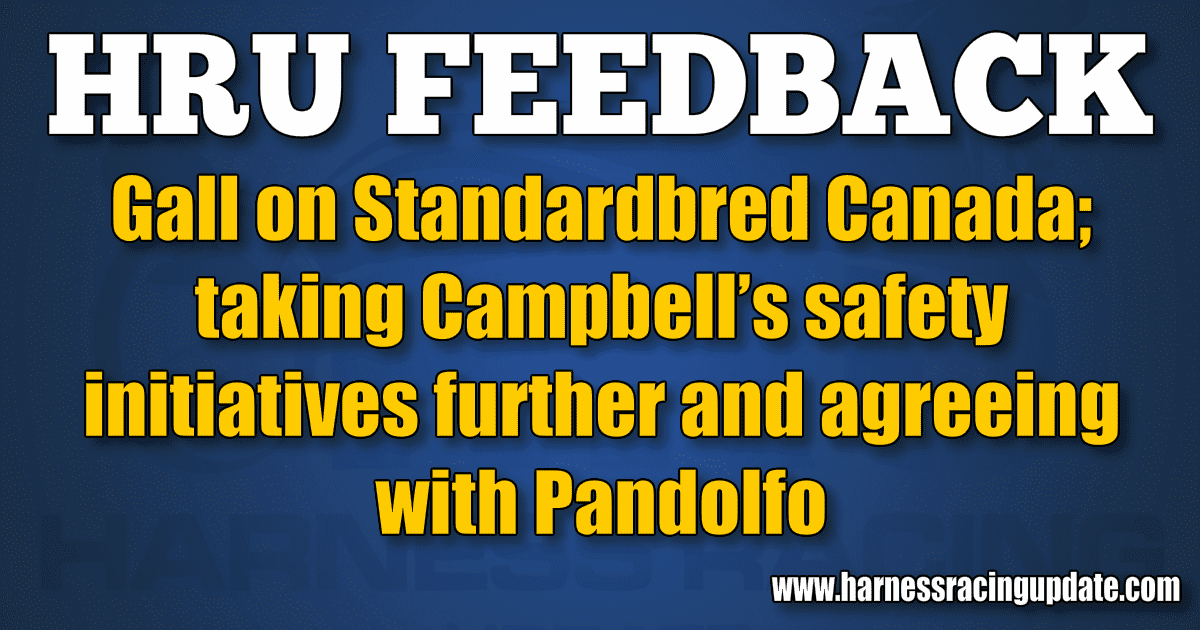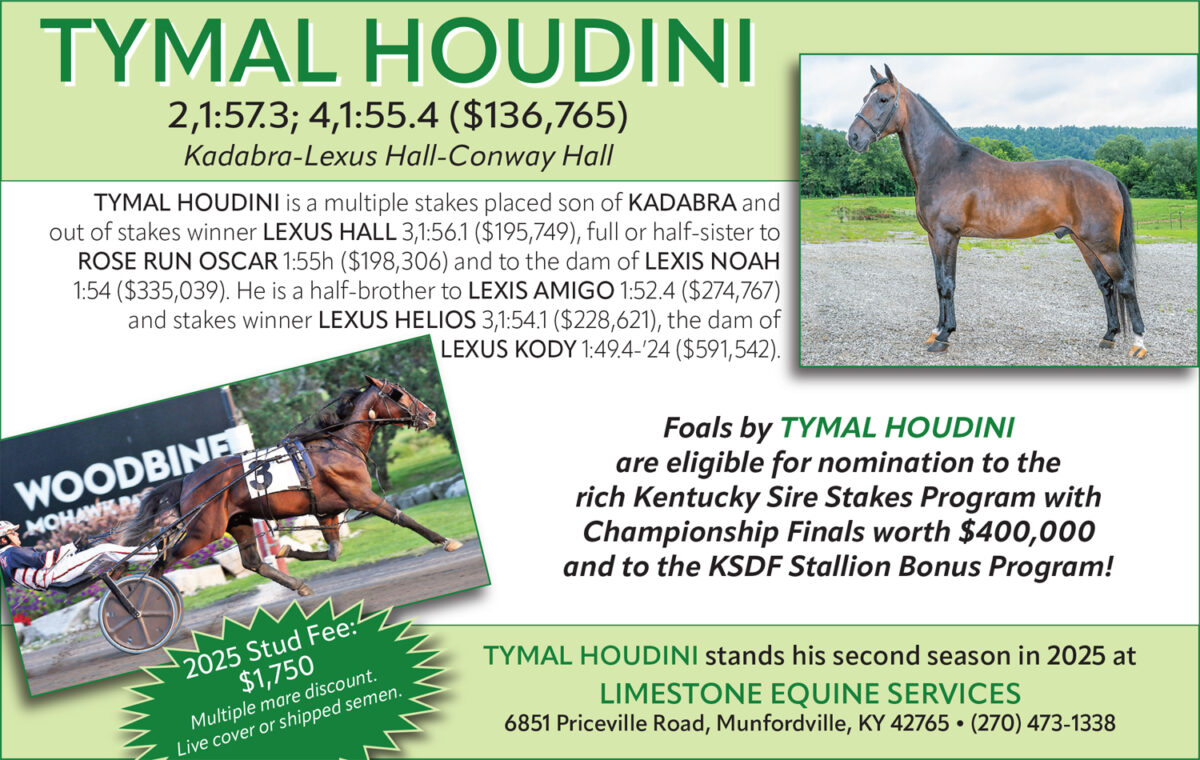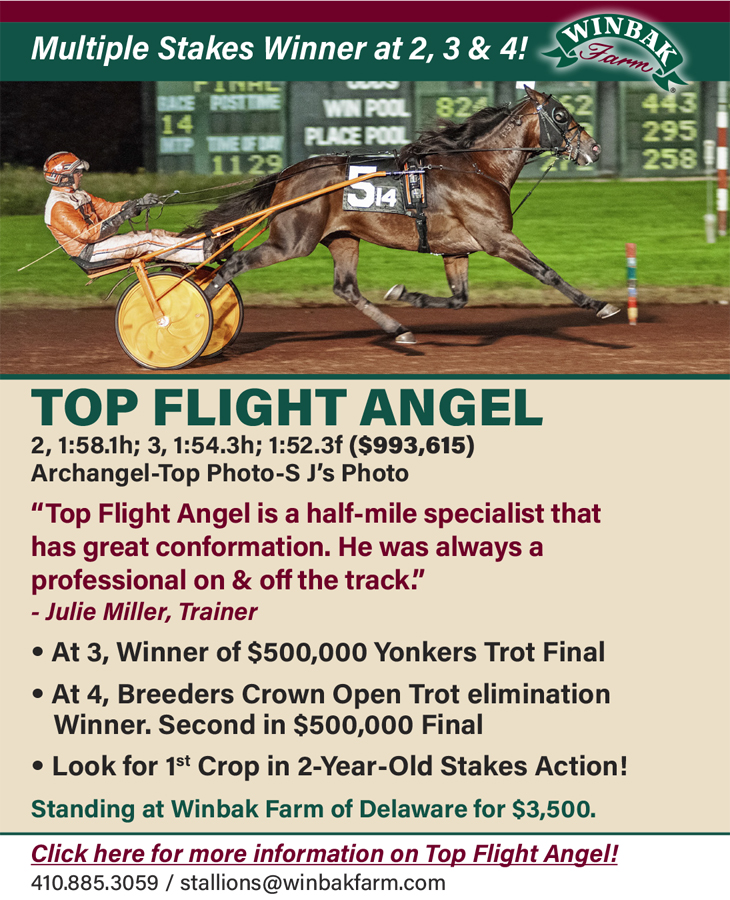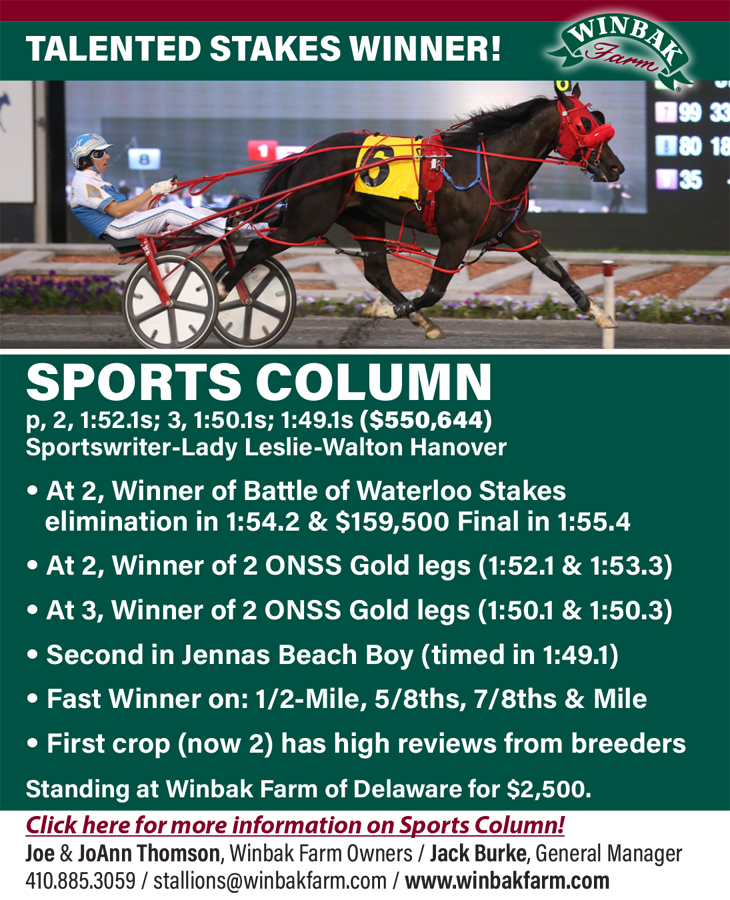
HRU Feedback (2019-03-24)
Gall on Adams’ feedback comments about Standardbred Canada
Just a quick note for clarification (RE: Bob Adams letter in the March 10 issue entitled I agree with Garnet Barnsdale: 2019-03-10 Feedback here)
Standardbred Canada has been and will always be committed to working with racetracks and our partners for the betterment of the industry.
As far as the example provided, in 2010 Standardbred Canada did modify its race programs to allow 1/8 mile positions to be recorded and available to the public.
As our partners at WEG requested, opening 1/8 mile positions were included in past performance lines. We not only included the charted positions at 1/8 of a mile in programs, but also the position at 7/8, lengths behind the gate at the start, and the distance traveled by each horse.
Additionally, SC published the 1/8 mile time and 7/8 mile time on results charts and on the SC website.
This information was stored from 2010 to 2013 until our industry partner advised us that these times were no longer required.
As always, keep up the great work.
Best regards
— Dan Gall / president and CEO Standardbred Canada
Taking Campbell’s safety initiatives further
I read with great interest John Campbell’s article in March 17 HRU, concerning horse safety and our public image (full story here).
Mr Campbell made many good points. He is right on in saying we had better work with PETA rather than against them.
Another area we should look at is heat and same-day elimination racing. I realize that this has a long history in harness racing, but I don’t think many trainers can honestly say they like putting their horses through that. It is curious that most people would be reluctant to race a horse back in five or six days yet we have heat races where a horse races again within two hours. Clearly an already fatigued horse going out to race again in a 2nd heat or final is at an increased risk of injury. In light of the events at Santa Anita, is that a risk worth taking with our horses and our drivers? The few remaining heat races we have are all high visibility races. Do we want to have a horse collapse or break down in one of these big races? And then have to answer a question like “Why do you make your horses race twice in one afternoon, when it could have been decided in one race?”
Harness racing has a good safety record but I don’t think we can become complacent, instead, why not be proactive? Admittedly, it is relatively easy for the connections of a pacing filly or colt to make a personal decision to just not participate in heat racing. This would be extremely difficult to do with young trotters, as two of the biggest races involve same day eliminations. Which is why the track owners and administrators of these races have to be on board. Shouldn’t the safety of our horses be our first priority?
Additionally, the betting landscape has also undergone dramatic changes recently. Wouldn’t it be easier to promote interest and increase betting revenue in our big races, if the field was set three or four days in advance. As it now stands we don’t even know which horses are in the race until an hour or two before the final goes off.
— John Balzer / Hampton Bays, NY
Agreeing with Pandoflo on Lasix
Bob Pandolfo’s commentary on Lasix could not have been more correct, concise, or convincing (full story here).
Let’s see how some of the higher profile trainers in the sport, who did not sign the “No To Lasix” letter, fare when Lasix is banned industry wide, which it undoubtedly should be.
— Dean Romano / Boston, MA













